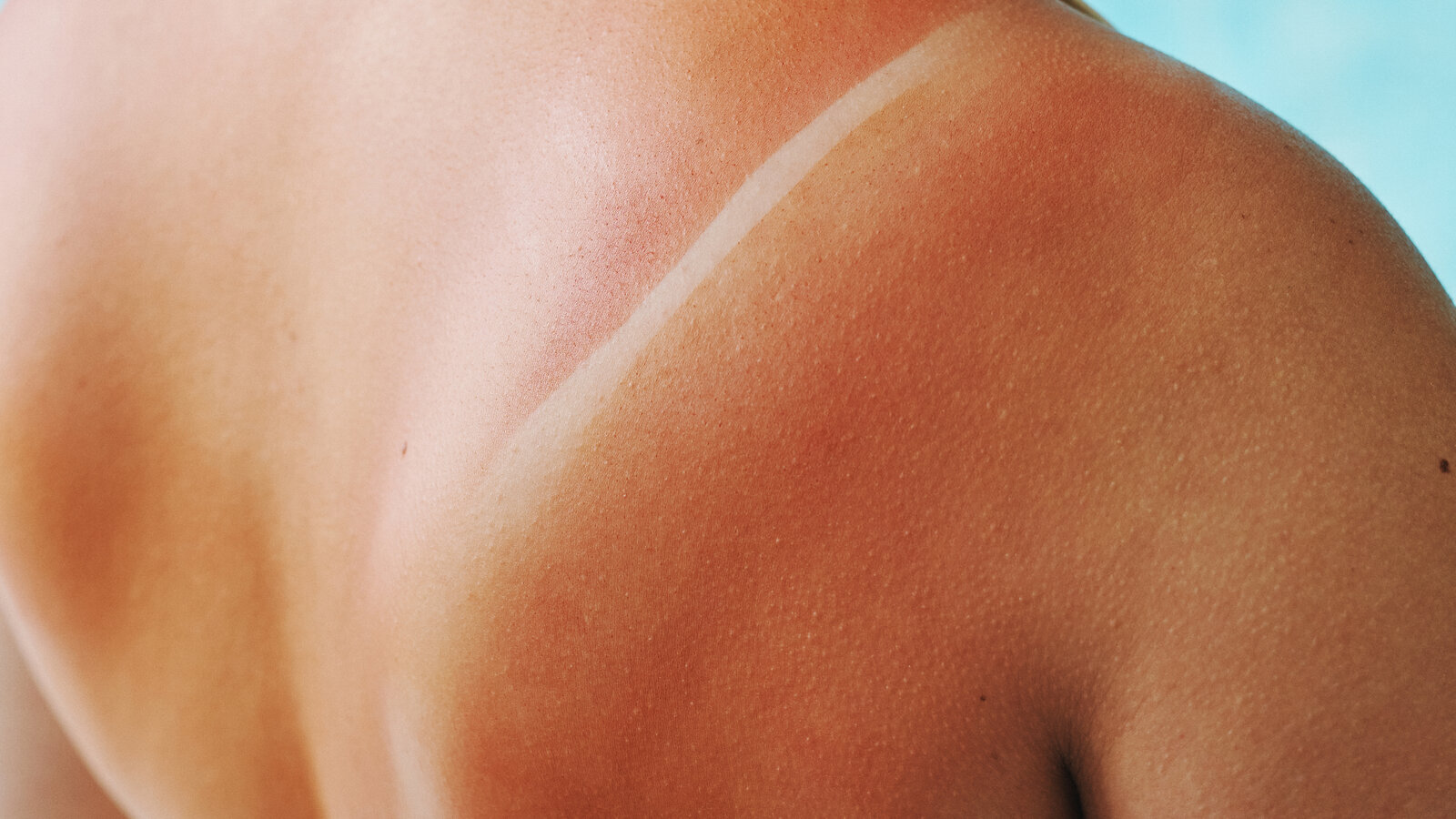If you’re reading this, there’s a good chance you or a loved one is dealing with a painful sunburn right now. Sunburn is not only uncomfortable but also potentially dangerous, increasing the risk of skin cancer.
Proactive Prevention: The Role of Sunscreen
The first step to preventing sunburn and further skin damage is to be proactive with sunscreen, especially during summer when exposure to direct sunlight is more likely. “Sunscreen works to reduce the amount of UV exposure to your skin,” says dermatologist Lindsey Zubritsky, M.D. However, incorrect application or infrequent use can still lead to sunburn.

According to Johns Hopkins University’s Bloomberg School of Public Health, excessive UV exposure accounts for more than 90% of skin cancers. Just one severe sunburn before adulthood more than doubles the risk of developing skin cancer later in life. Additionally, having more than five sunburns can double the risk of melanoma, a less common but more deadly form of skin cancer. Research indicates that roughly 9,500 people in the U.S. are diagnosed with skin cancer every day, and experts estimate one in five Americans will be diagnosed with skin cancer at some point in their life, according to the American Academy of Dermatology Association.
Immediate Care for Sunburned Skin
“The most important thing to do when you develop a sunburn is to prevent further damage,” advises Zubritsky. This means avoiding additional sun exposure and helping to repair your damaged skin barrier. Sunburns take time to heal, but you can accelerate the recovery process with a gentle, hydrating, and repairing approach.
Cool baths, aloe-containing moisturizers, and ibuprofen can help reduce pain, redness, and discomfort. “Sunburns do take time to heal, but you can speed up the recovery process with a gentle, hydrating and repairing approach,” Zubritsky explains. Cool baths can soothe the skin, while aloe vera is known for its healing properties. Over-the-counter pain relievers like ibuprofen can also reduce inflammation and provide relief.
Common Missteps in Sunburn Treatment
One common mistake people make is applying ice directly to sunburned skin. While it might seem like a quick way to cool down, applying ice can cause more harm than good. It’s better to use cool compresses or cool baths to alleviate the burning sensation.
Another pitfall is the use of products containing benzocaine, a topical anesthetic. “This can further irritate the skin or cause an allergic reaction,” warns Zubritsky. Such reactions can worsen the condition of already irritated and painful skin, making recovery more difficult. It’s essential to choose products specifically designed for sunburn relief and avoid harsh chemicals that can exacerbate the problem.
However, preventing sunburn is crucial to avoiding long-term skin damage and the increased risk of skin cancer. Regular and proper use of sunscreen, avoiding peak sun hours, and wearing protective clothing are key strategies. For those times when prevention falls short, knowing how to treat sunburn correctly can significantly ease discomfort and promote faster healing.
